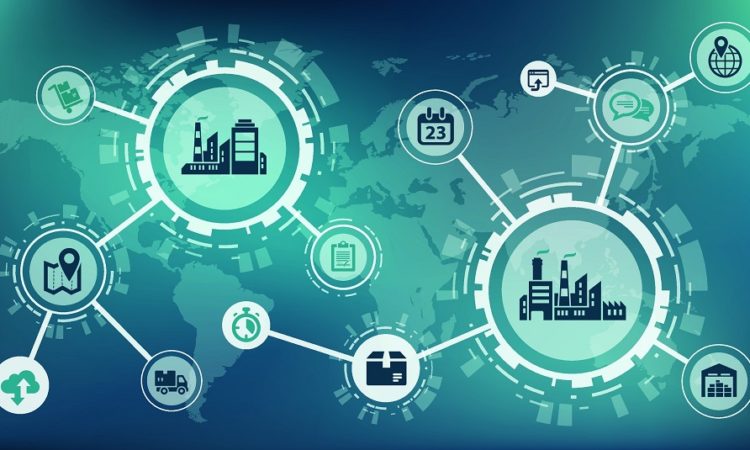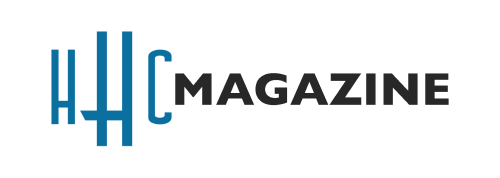
Iiot refers to the industrial internet of things. Apart from the uses in the Industrial sector and applications, iiot is an important part of the fourth industrial revolution. As it focuses on machine learning, big data, and machine-to-machine communication, It also helps in operations, efficiency, and maintenance of industries.
Challenges Faced In Adopting Iiot:
- The main challenge in adopting iiot is that it must have strategies in place to boost digital transformation efforts.
- It must also maintain security, as it has to deal with main components like sensors, connectivity, data, and user interface.
- Implementation of iiot has to focus on three major things: availability, scalability, and security.
- Security is the major point because iiot is a network of intelligent devices consisting of analytics, applications to generate information.
- Most businesses use legacy systems and processes. It becomes unaltered and results in creating complications while adopting new technologies.
- Availability and scalability have been established in the industries and also in business for quite some time.
Advantages Of Iiot System:
- The main advantage of iiot is that it increases productivity and reduces time.
- It also reduces errors and operation costs.
- It enhances the operational efficiency of the device.
- It improves overall equipment effectiveness.
- It reduces asset downtime and optimizes production scheduling.
Risks To Iiot System:
- Most of the risks are mainly due to a lack of security measures. Security is vital for the proper functioning of iiot systems in any device. Negligence of security may contribute to many risks including the security gaps like the exposed ports, obsolete applications, inadequate authentication practices are the main reasons for the evolution of risks.
- Software vulnerabilities that can be exploited to attack the systems like Broken authentication, broken access control, sensitive data exposure, XML external entities, etc.
- Malicious activities like data branches, hacking and targeted attacks may lead to risk in the iiot system. All the valuable data, important big files may get encrypted.
- Publicly searchable internet-connected devices like laptops, smartphones, smart gadgets, etc. which connect systems via the internet. There might be an exchange of data and cause malfunctioning in the device.
- It may also cause system manipulation which would lead to operation disruption like IT threats, anonymous cyber threats, hackers, etc. which has a high impact disruption of normal business operations which would also affect the adjacent communities which are economically integrated with it.
- Some system malfunctioning may lead to damage of devices and cause physical injury to operators or people nearby.

